Reducing the power consumption of cellular handsets and extending their
battery life is the goal of every handset design engineer. Design engineers are
adding features such as MP3 players, cameras, and full-motion video to modern
mobile phones, which continually require minimizing power consumption.
Reducing the power supply voltage of the mobile phone's main chips (such as
analog baseband chips and digital baseband chips) - perhaps 2.8V or even 1.8V -
is one way to reduce power consumption. But problems arise when design engineers
need to retain one or more support chips with high supply voltages. The most
common is that the smartphone's extra features will require higher voltages. One
example is chordal ringtones. Since the peak-to-peak range of audio signals is
approximately 3.2V, the circuits that generate and transmit these ringtones
usually require a 4.2V supply voltage. This creates a problem at the interface
between the baseband and ringer circuits.
To illustrate this, we're going to use an analog switch to switch voice or
ringtone to the speaker as an example. In order for these two types of circuits
to coexist on the same printed circuit board (PCB), one must either compromise
on power consumption or use low-voltage digital logic in the baseband chip to
drive the analog switches. It should be noted, however, that adopting the latter
approach may lose the power savings gained from lowering the supply voltage of
the baseband chip because the analog switches operate in non-ideal modes and
thus sink large currents.
A simple way to solve this problem is to perform level conversion on the
digital logic from the baseband chip to maintain the baseband chip using 1.8V
voltage to save power consumption, but this solution requires a higher voltage
driver and must work at a higher voltage. Remove any chip in your phone.
To further explain why this scheme requires a level converter, let's look
at where the current actually flows. As shown in Figure 1, the digital input of
the analog switch is a basic CMOS buffer, which consists of pMOS and NMOS
transistors connected to the inverter.
Apply the signal to the I/p input pin of the buffer. When the input voltage
is higher than the input high voltage (Vih), the output voltage of the buffer is
Vdd (power supply voltage). When the input voltage is lower than the input low
voltage (Vil), the output voltage of the buffer is GND (ground). This ensures
that the gate voltage of the analog switch is the voltage at one end of the
power supply, thereby maximizing its signal range. Scanning the input voltage
from 0 to Vdd while monitoring the power supply current (Idd) produces the I-V
characteristic curve shown in Figure 2. When the input voltage is either
terminal voltage of the supply voltage, Idd drops to the minimum value (0μA).
But when the input voltage is close to the trip point of the buffer, Idd
increases sharply. Therefore, the analog switch consumes the lowest power when
the digital input voltage applied to the I/p terminal is the voltage at one end
of the power supply.
The characteristic curve of the buffer is shown in Figure 2. Because the
NMOS and pMOS switch tubes used in buffer design are actually used as
voltage-controlled resistors. The characteristics of these chips are as follows:
Vgs>Vt—>Transistor turns on VgsTransistor turns off. Vt is defined as
the threshold voltage. When it is higher than this voltage, a conductive channel
is formed between the source and drain. The Vt of the NMOS transistor is 0.9V,
and the Vt of the pMOS transistor is -0.9V. Therefore, when the input voltage is
0V, the pMOS (M1) is in the on state, and the output of the first stage is Vdd.
In the second stage, the NMOS (M5) device is in the on state and the total
buffer output is 0V. When the register input voltage increases (before reaching
the maximum current), it will cause the impedance of M1 to increase (M1 starts
to turn off) and the impedance of M5 to decrease (M5 starts to turn on). At this
time, we will see the formation between Vdd and GND. low impedance channel.
Further increasing the input voltage causes only one transistor of the buffer's
input-output transistor pair to conduct.
We continue to analyze the analog switch example using the above
principles, and consider using ADI's ADG884 analog switch to switch between the
chord ringer and voice of the mobile phone. The control signal from the digital
baseband chip is 1.8V. As shown in Figure 2, if a 1.8V digital signal is used to
directly drive the analog switch, the supply current should be 120μA. If the
analog switch's digital input voltage is higher than 3.8V, the power consumption
should actually be 0. Therefore, in order to make the analog switch operate in
the lowest power consumption area, the digital signal of the digital baseband
chip needs to be converted to a higher voltage. The ADG3301, which comes in
Analog Devices' SC70 ultra-small package and typically consumes only 0.1µA, is
ideal for this job as a level translator. As shown in Figure 3, it can be
connected to the power supply voltage of the baseband chip and the power supply
voltage of the analog switch and convert the logic levels between the two
chips.
Of course, the analog switch in the above example could be any chip that
operates at higher voltages. Contemporary mobile phones are composed of multiple
CMOS integrated circuits (ICs) to perform different functions, such as audio as
well as video and digital cameras. These ICs typically operate at any voltage
between 5V and 1.8V, sometimes even lower supply voltages.
In short, we use level conversion to save power consumption to extend
battery life. The following factors should be considered: Low-end mobile phones
usually use batteries with a capacity of 600mAh. The battery standby time of
low-end mobile phones is 300 hours (hr), and its nominal current is 2mA. The
analog switch used in this example would draw 4.8% of the current without level
shifting, but only draw 0.04% of the current with the level shifting described
above.
Read recommendations:
Li-ion 21700 5000mAh 3.7V
Main advantages of lithium battery
Analysis of the Causes of Lithium Battery Charging Explosion.Nickel Hydride No. 5
NiMH battery packs manufacturer
5/AA USB 1.5V 2035mWh
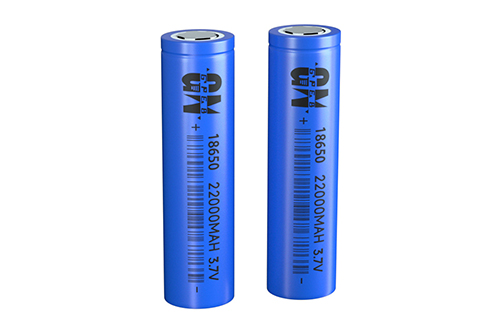
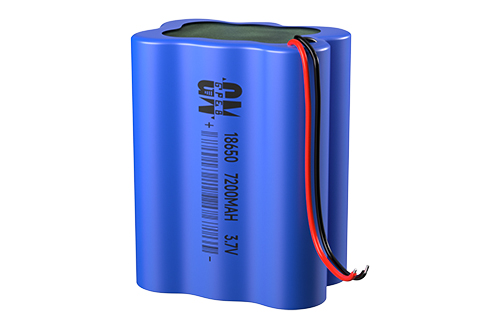

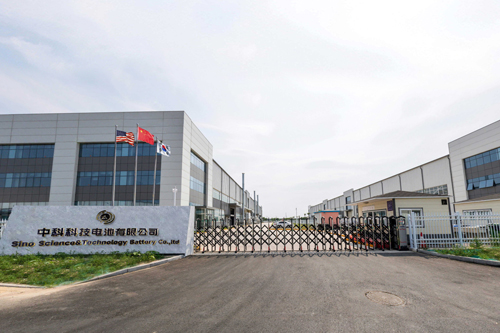

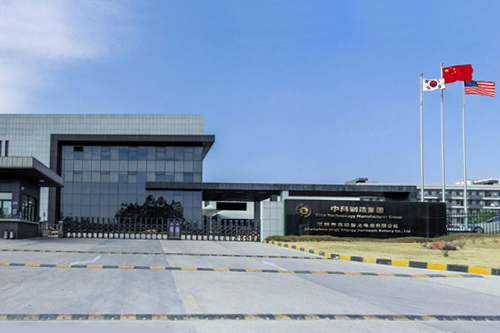

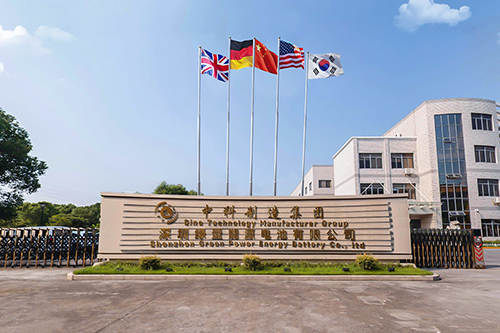

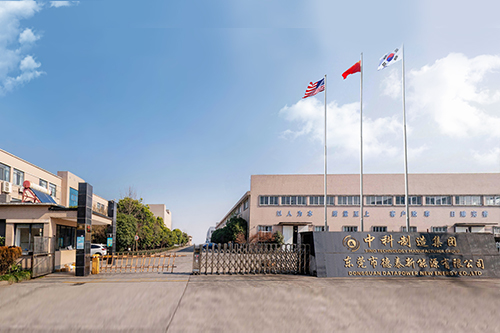

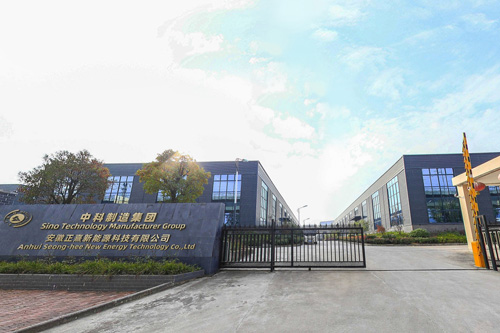








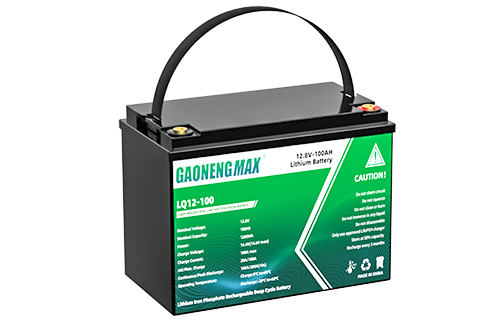
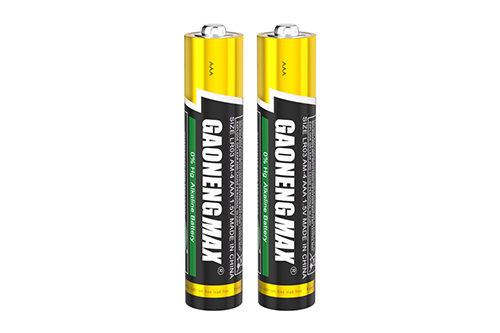

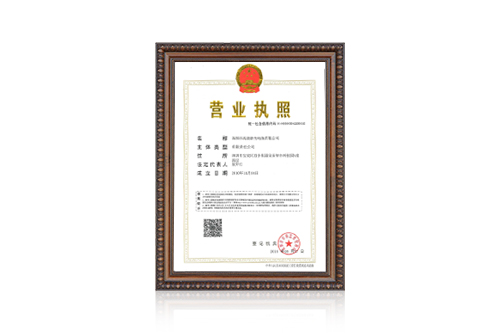
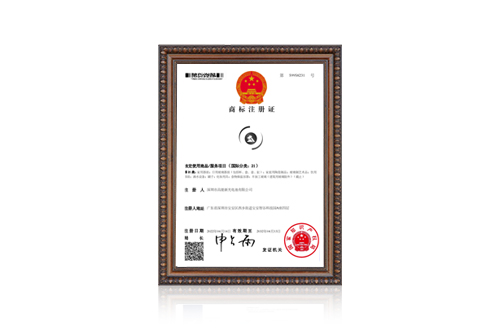
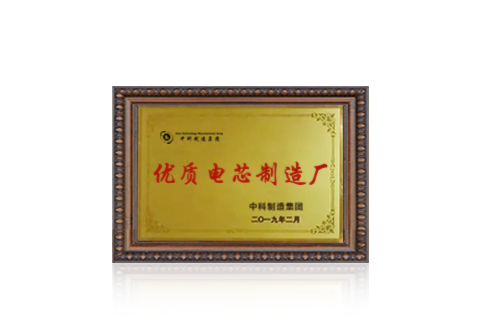

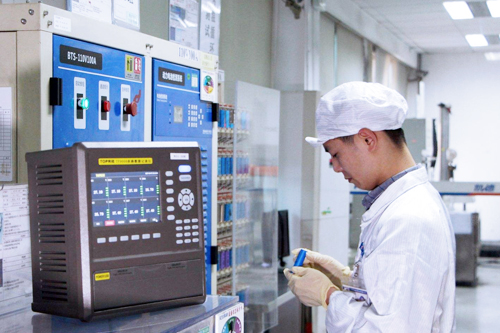















 360° FACTORY VR TOUR
360° FACTORY VR TOUR
 Whatsapp
Whatsapp
 Tel
Tel Email
Email TOP
TOP